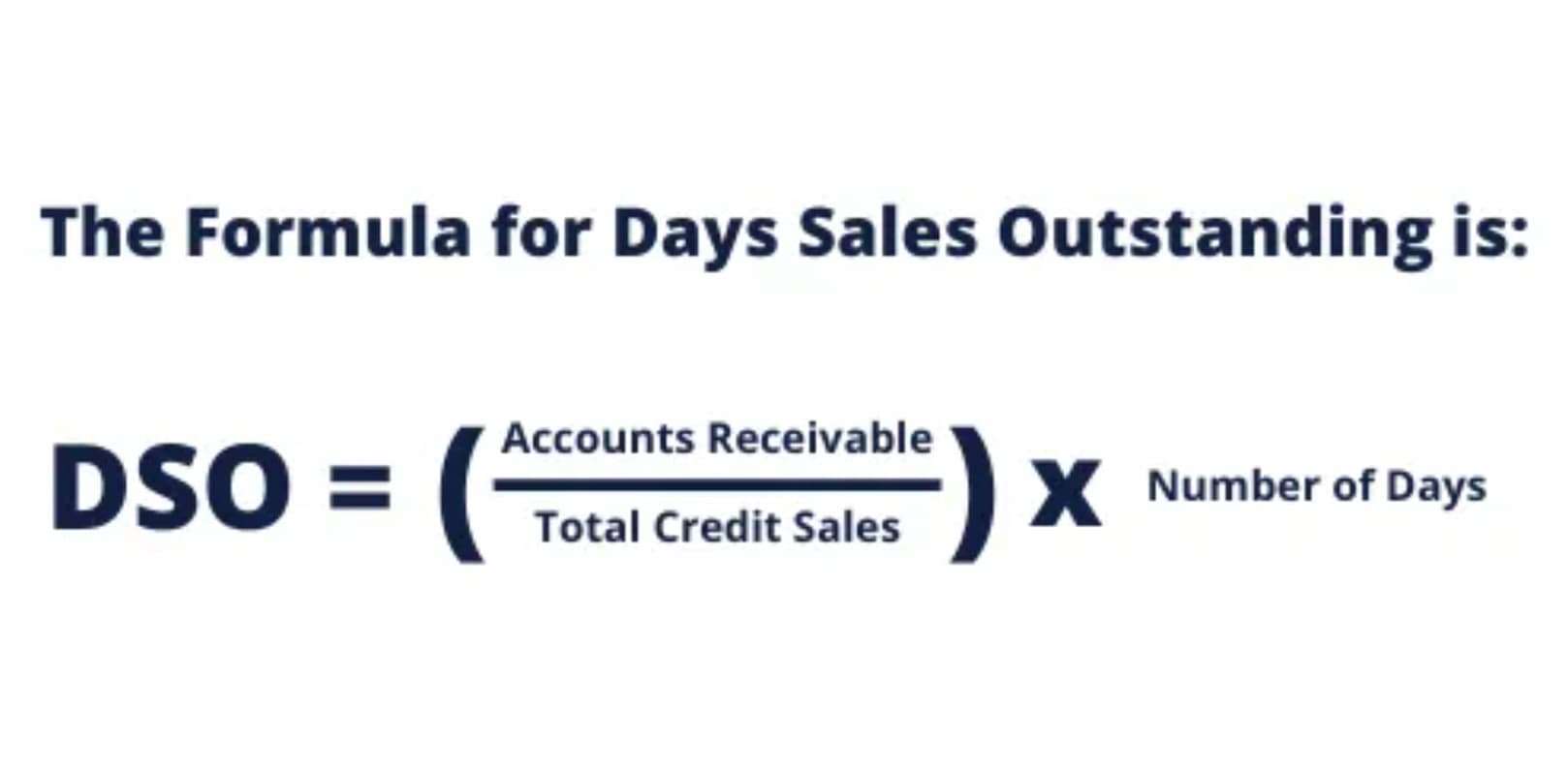
This provides several subtotals before arriving at net income, giving users a nuanced understanding of profitability from core business activities. Publicly traded companies use this format because it offers greater transparency for investors and regulators. A single step income statement is one of the most basic and straightforward financial statements. It lists all of a company’s revenue and expenses for a given period of time, with the net income multi step income statement (or loss) at the bottom. This type of income statement is relatively easy to prepare, which makes it a popular choice among small businesses and startups.
Key Differences in Application
- For instance, an analyst can calculate the gross profit margin to assess production efficiency.
- Non-operating items, including non-operating revenues, non-operating expenses, and non-operating gains (losses), are shown separately from operating revenues and operating expenses.
- Next, let’s examine the same business, ABC Retail, but using a multi-step income statement format.
- A multi-step income statement also focuses on revenue, expenses, and the profit or loss of a business.
- These statements also tell you whether the company reported a profit or loss for the reporting period.
- By separating operating income from non-operating income, ABC Corp can clearly communicate its core business performance to investors and analysts, facilitating better investment decisions.
- However, a multi-step income statement can be worth the extra time and effort it takes to prepare, especially if you’re thinking about applying for a loan or looking to attract an investor.
It offers a nuanced view of a company’s financial performance, presenting a clearer picture for partners, investors, and compliance. Read on to find out more about the difference between single-step and multi-step income statements and get some guidance on how to figure out which option is right for your business. The first step is to evaluate current accounting processes, including how revenues and expenses are recorded and categorized.
What is Managerial Accounting?
- Use of our products and services is governed by our Terms of Use and Privacy Policy.
- By exploring the profits and losses of your business, these people can develop a better sense of the organization’s strengths and weaknesses.
- This added information can interest stakeholders who want to know more about how a company operates its business.
- A multi-step income statement adds a sections for costs of goods sold and groups expenses into additional categories.
- Businesses aiming to analyze profitability by product lines or departments also benefit from multi-step income statements, as the detailed categories allow better tracking and decision-making.
- This approach breaks down revenues and expenses into more detailed categories, highlighting gross profit and operating income before reaching net income.
A multi-step income statement, on the other hand, follows a three-step process to calculate net income and separates operational from non-operational revenues and expenses. It also calculates gross income, which you won’t find on a single-step income statement. For smaller businesses with a simple operating structure (such as sole proprietorships or partnerships), a single-step income statement is usually sufficient. This option saves small business owners time, money, and stress in terms of income statement preparation. They don’t have to deal with certain details, like calculating the cost of goods sold. In short, a single-step income statement provides small businesses with the basic data that internal stakeholders may need to evaluate general business health.

Need for Accurate Inventory and Cost Tracking
- Multi-step income statements are so named because they use multiple equations (or steps) to calculate net income.
- Small businesses often have limited accounting resources, and this format reduces the complexity and time required to prepare financial reports.
- However, multi-step statements can be more complex and time-consuming to prepare than single-step statements.
- It notes all company operating expenses in two categories that are Selling and Administrative.
- While the multi-step income statement takes more time and effort to prepare, it can help provide a detailed analysis of your company’s financial performance.
Gross profit is a critical metric because it indicates how efficiently a company uses its labor and materials to produce its products. A higher gross profit margin suggests effective management of production costs relative to sales revenue. Gross profit reflects the amount of revenue remaining after covering the direct costs of producing the goods or services sold. It serves as bookkeeping an indicator of the company’s production efficiency and its ability to manage the costs related to its core operations.

SoFi does not guarantee or endorse the products, information or recommendations provided in any third party website. At Taxfyle, we connect small businesses with licensed, experienced CPAs or EAs in the US. We handle the hard part of finding the right tax professional by matching you with a Pro who has the right experience to meet your unique needs and will manage your bookkeeping and file taxes for you. Navigating the world of financial statements is akin to choosing between two paths through a dense forest. Save time with automated accounting—ideal for individuals and small businesses. Hopefully, this article Sales Forecasting will help you choose the best way to make an income statement for your business.

In a multi step income statement, business activities are separated into operating activities and non-operating activities. Non-operating items, including non-operating revenues, non-operating expenses, and non-operating gains (losses), are shown separately from operating revenues and operating expenses. With this separation in financial reporting, you can analyze ongoing business operations separately from non-operating items.